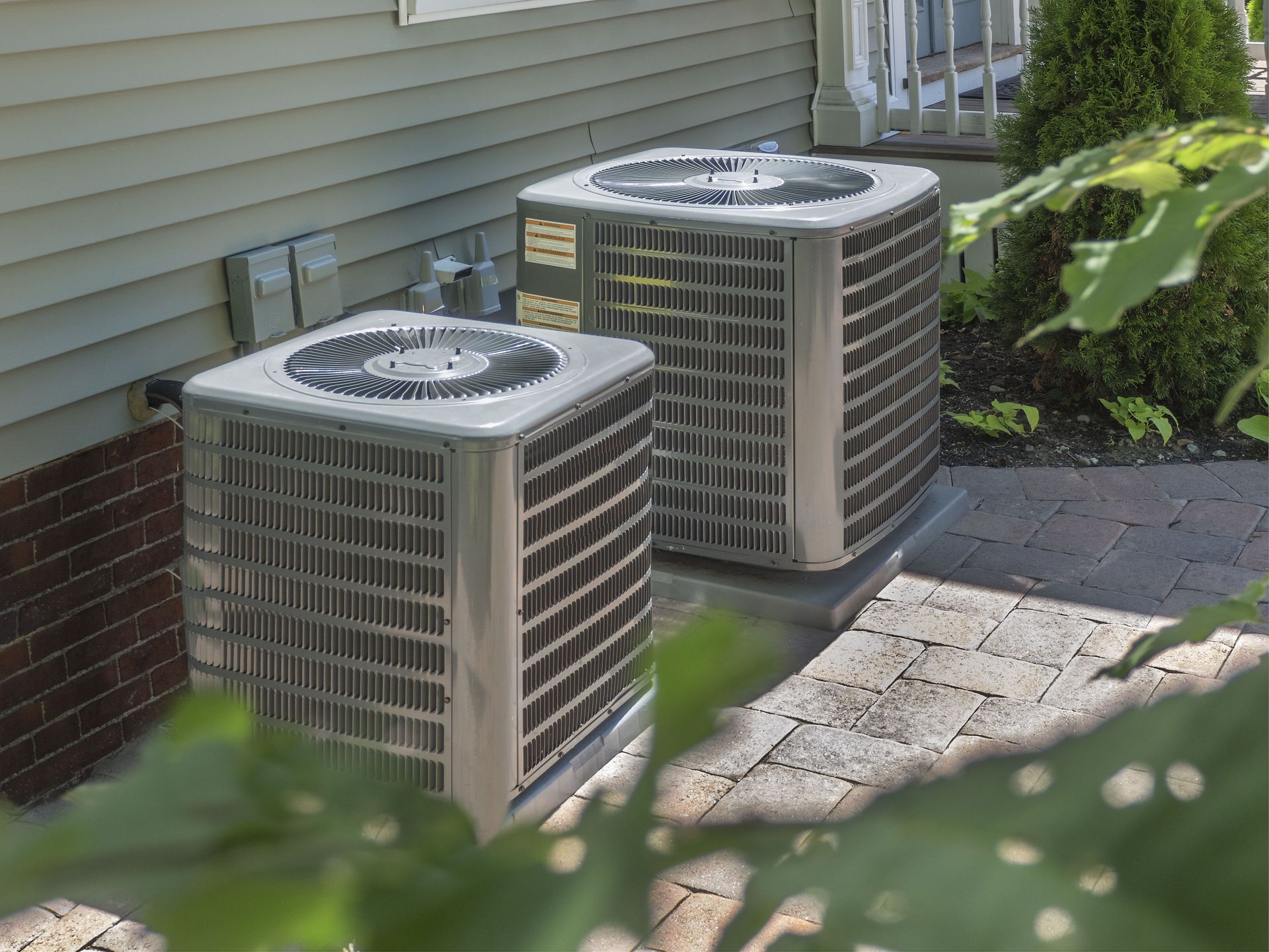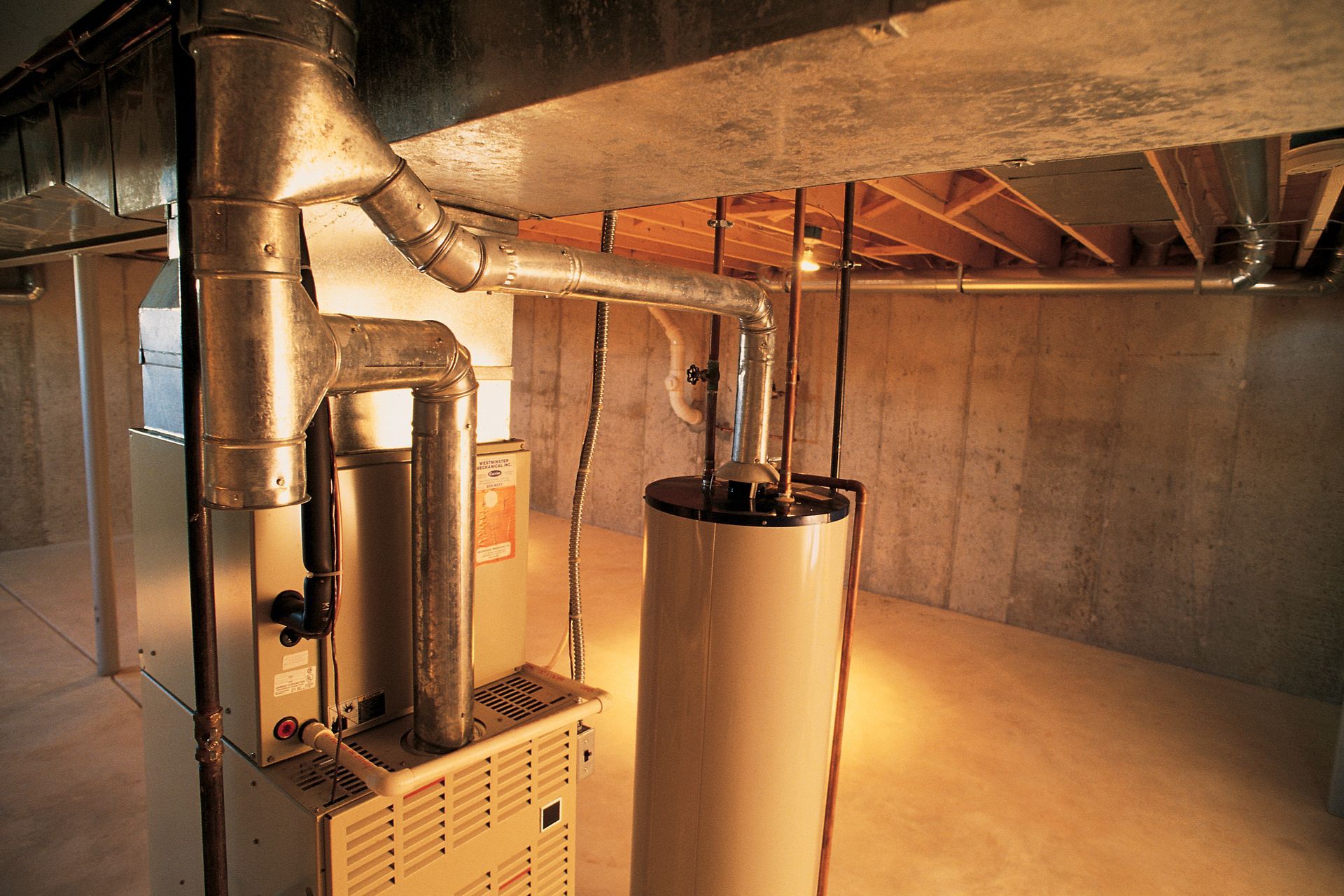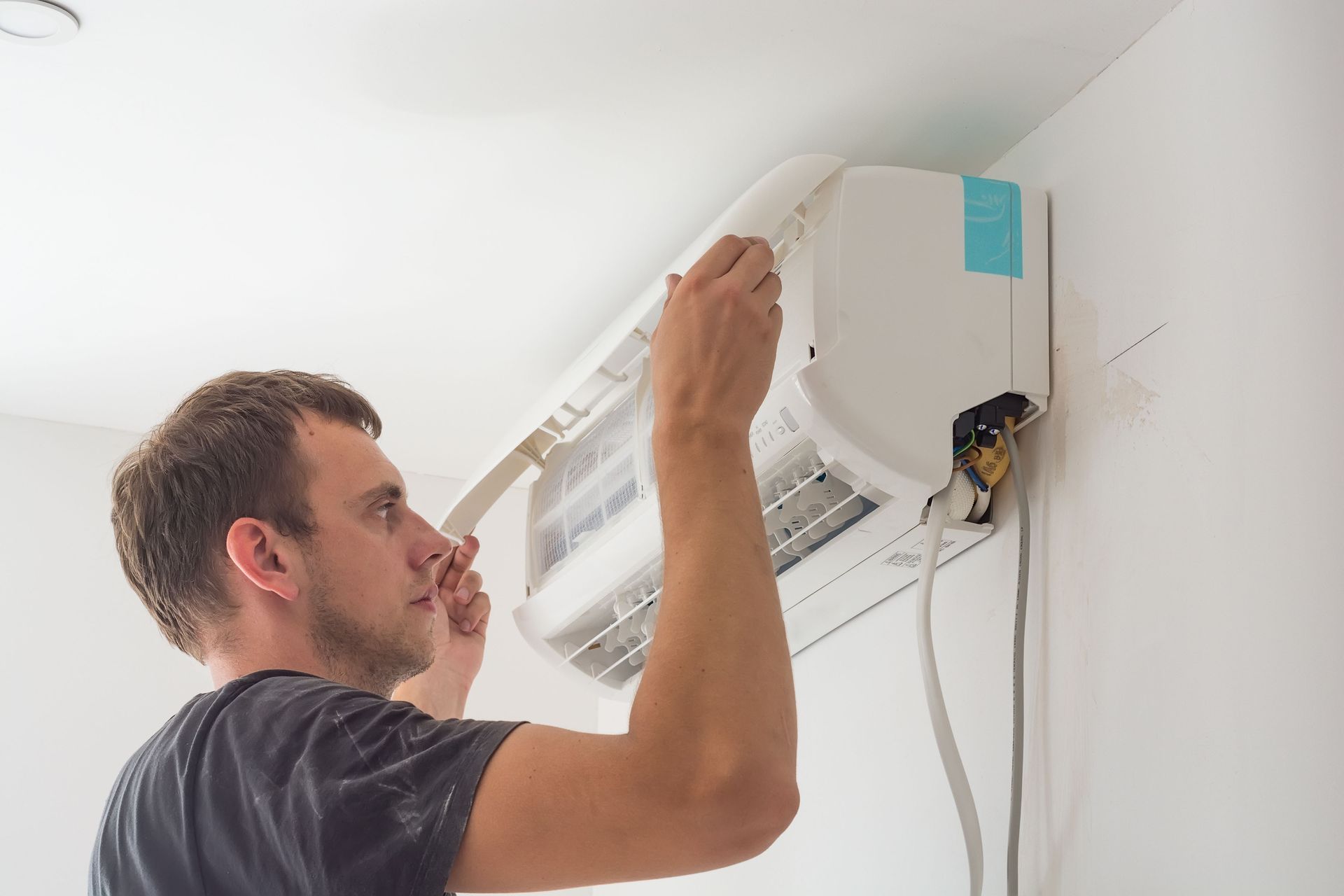3 Signs Your HVAC System Needs to Be Replaced
In this blog, we will explore the various indicators that suggest it's time to consider replacing your HVAC system with the help of HVAC services. Understanding these signs can help you make informed decisions about maintaining comfort in your home efficiently and cost-effectively.
1. Knowing the Age of the HVAC System
Understanding the Average Lifespan
Per our HVAC services experts, the average lifespan of an HVAC system is typically between 10 and 15 years, depending on its make, model, and usage patterns. If your system is reaching the end of this range, it may struggle to maintain efficiency and performance. Aging parts are prone to wear and tear, which can lead to more frequent breakdowns and costly repairs. Many systems, in our experience, after ten years may not have the energy efficiency advancements of newer models, thereby affecting your energy bills. Recognizing the age of your HVAC is a crucial step in deciding whether to repair or replace it.
Acknowledging the Impact of Regular Maintenance
Furthermore, regular maintenance is key to extending the lifespan of your HVAC system and ensuring it operates at peak efficiency. Proper maintenance includes routine cleaning, filter changes, and inspections of mechanical parts. Systems that are well-maintained not only last longer but also tend to consume less energy, saving money on utility bills over time. In contrast, a neglected HVAC system can face early failure due to accumulated dust and worn-out components. Investing in regular maintenance can delay the need for replacement and ensure optimum home comfort.
Considering the Technological Advancements in Newer Models
Newer HVAC models come equipped with cutting-edge technology that significantly boosts both efficiency and comfort. Features such as variable-speed fans, smart thermostats, and programmable settings allow for enhanced control over home temperatures. These advancements can lead to substantial energy savings and a consistent indoor climate, reducing the load on your HVAC system. According to Today's Homeowners, AFUE measures how efficiently an HVAC unit converts energy to heat annually, with a recommended efficiency of 90% or higher for optimal performance. By upgrading to a newer model, homeowners can enjoy higher efficiency standards that older models cannot match.
Improving Energy Efficiency Over Time
Over the past decade, the standards for energy efficiency have dramatically improved due to technological innovations. Modern HVAC systems from HVAC services must comply with stringent regulations that ensure lower energy consumption and reduced environmental impact. The SEER (Seasonal Energy Efficiency Ratio) rating of new units allows homeowners to compare the potential energy savings of different models. Replacing an older system with a higher-rated SEER model can lead to dramatic reductions in energy use, resulting in noticeable savings on utility bills. Having an inefficient system not only costs more but also contributes to unnecessary energy waste.
2. Increasing Energy Bills
Evaluating Energy Consumption Patterns
One clear sign that your HVAC system may need replacement is a steady increase in energy bills without corresponding changes in energy use. Examine your energy consumption patterns to determine if your system is the main cause of rising costs. Often, an older HVAC system loses efficiency, consuming more energy to maintain the desired indoor climate. Increased energy usage implies greater stress on the system, which may also lead to earlier failures. Monitoring energy bills can provide early warnings of systemic inefficiencies.
Revealing the Impact of Seasonal Changes
Additionally, seasonal changes can reveal shortcomings in an aging HVAC system, especially during extreme temperatures when the system works hardest. During peak periods, you may notice your HVAC system struggling to maintain the set temperature. This inefficiency is often reflected in higher energy bills as the system runs longer and works harder to compensate. An inefficient system not only drives up costs but can also fail to provide comfort when needed most. Assessing your system’s performance throughout different seasons can indicate if it is nearing replacement.
Investing in Energy-Efficient Models
Investing in an energy-efficient HVAC model from HVAC services can lead to significant long-term savings despite the initial upfront costs. New models are designed to meet higher efficiency standards, which means they require less electricity to perform the same function as their older counterparts. This investment not only decreases monthly utility bills but can also improve overall home comfort and sustainability. High-efficiency units typically feature improved insulation and better air distribution, further maximizing energy efficiency. Evaluating these potential savings can help you decide whether an upgrade is more appealing.
Identifying Hidden Energy Leaks
Hidden energy leaks in your HVAC system can gradually lead to increased energy consumption without immediate detection. Common sources include poorly insulated ductwork, window and door gaps, or malfunctioning thermostats. Such leaks cause your system to work harder than necessary, driving up energy costs. Conducting regular inspections and energy audits can help identify and rectify these issues. Addressing leaks not only boosts efficiency but can also postpone the necessity of a complete system replacement.
3. Calling for Frequent Repairs and Continuous Maintenance
Analyzing Repair Costs
Frequent repairs and unexpected breakdowns are major indicators that an HVAC system is nearing the end of its usability. As systems age, components wear out more quickly, leading to the need for more frequent repairs from HVAC services. Evaluating repair costs in comparison to the cost of replacement is important in making a sound financial decision. When repair costs approach or exceed half the price of a new system, it's usually more cost-effective to replace rather than repair. Properly assessing repair costs can aid in determining when replacement is the best course of action.
Identifying Consistent Problem Areas
Consistently recurring issues with your HVAC system can signal underlying problems that might not be easily fixable. Identifying areas that require repeated repairs—such as a faulty blower motor or persistent duct leaks—can help diagnose when it's time for a replacement. Chronic problems can wear down the entire system, leading to inefficient performance and higher utility bills. Pinpointing these problem areas early can prevent further damage to the system. Knowing when consistent issues suggest an irreparable problem is essential to maintaining comfort in your home.
Deciding on Repairs vs. Replacement
Evaluating the cost-benefit balance between ongoing repairs and replacing your HVAC system is crucial for making informed decisions. Frequent repairs can add up over time, sometimes even surpassing the cost of a new unit. By analyzing repair history and costs, homeowners can determine if continued investment in repairs is justified or if funds are better spent on a replacement. If the benefits of a new, efficient system outweigh the costs of patching an older one, replacement becomes the sensible choice.
Finding Reliable Service Providers
Engaging with a reliable and experienced HVAC service provider can greatly influence the lifespan and efficiency of a system. Reliable technicians can provide valuable assessments to determine whether repairs or replacements are more suitable. They ensure professional installation and maintenance, preventing future problems and prolonging system life. Reputable providers often offer warranties and service agreements, securing peace of mind for homeowners.
It is important to recognize the signs that your HVAC system needs to be replaced by professional HVAC services. By paying attention to these indicators, you can ensure your living environment remains healthy and comfortable while also making sound financial decisions regarding your home's heating and cooling needs. Contact Kimbro Air today to hear more about our services.





Share On: